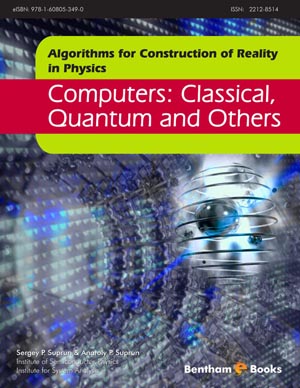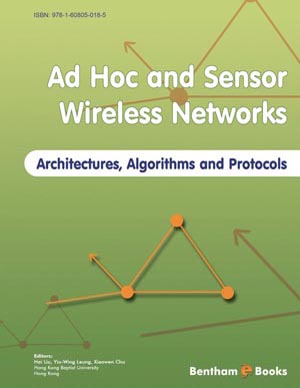Abstract
The problem of observer and system of reference in physics is considered as well as an object-object and an object-subject approach to a physical description of reality. The evolutionarily formed methods underlying data processing of the first signal system and the algorithms for assemblage of sensations into object concepts and representation of reality in a space-time continuum are discussed. The methods for constructing a mental space as a tool for sign-based description of reality during information exchange are considered. The problems in understanding the quantum phenomena as the reality not subject to an object-based description are briefed, and the need in a system and integral concept as a concept adequate to reality is substantiated. The principles underlying the operation of a quantum computer, its distinctions from a classical computer, and the difficulties in presentation of the issues in question using an object-based language are discussed.
Keywords: Semiotic limitations, mental map, linguistic modeling, object-based, objective, subject-based, subjective, Subject in physics, observer in physics, wave function reduction, experimental bases of quantum mechanics, probability amplitude, rules to deal with probability amplitudes, object-based modeling of reality, metric of mental space, definition of qubit, entangled pairs, Von Neumann projectors, collapse of wave function, psychological and physical times, determinism and evolution, consciousness and reality, criterion of Einstein-Podolsky-Rosen Reality, Bell inequalities, mechanistic process and development, evolution and problem of choice, representation of phenomenon in space- time and Hilbert space, space-time and spectral windows, physical reality and selection system, qubit quantum gates, quantum algorithms, dense coding, teleportation, quantum computer block-scheme.


















